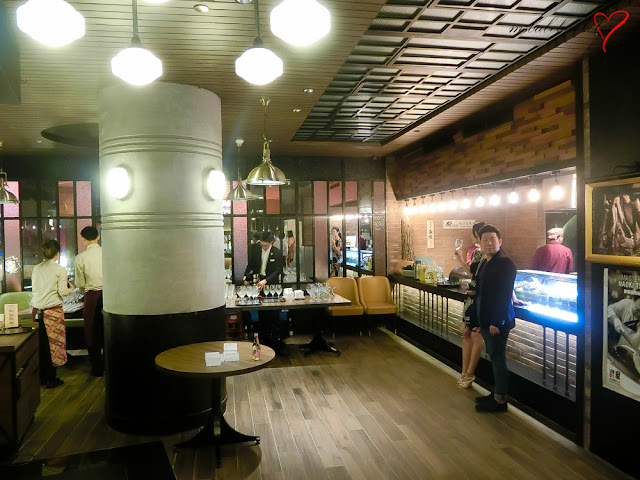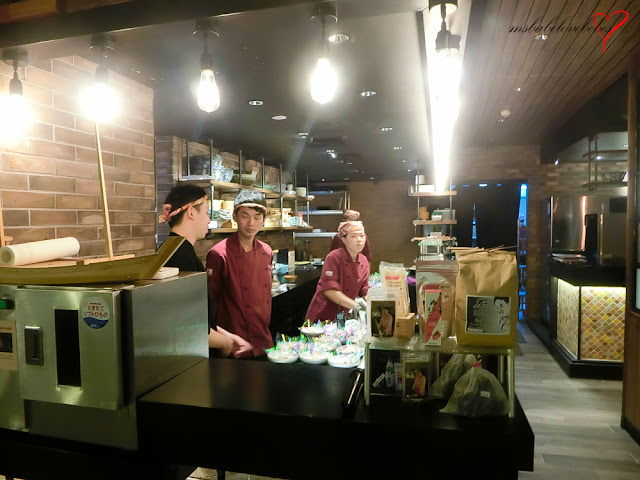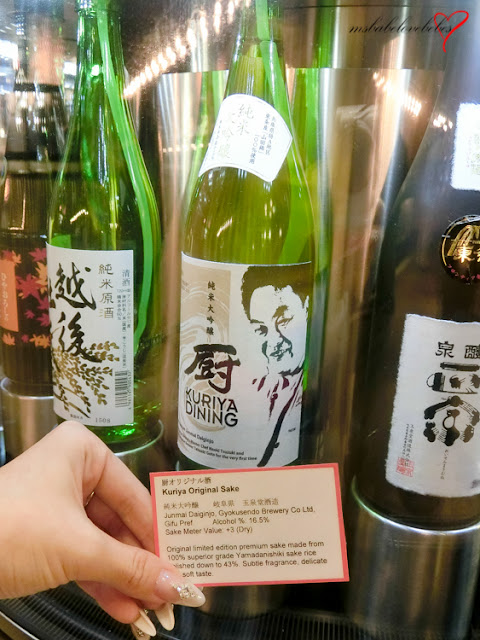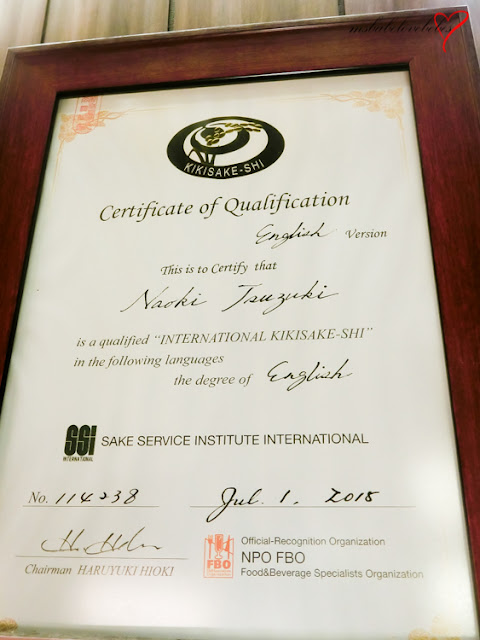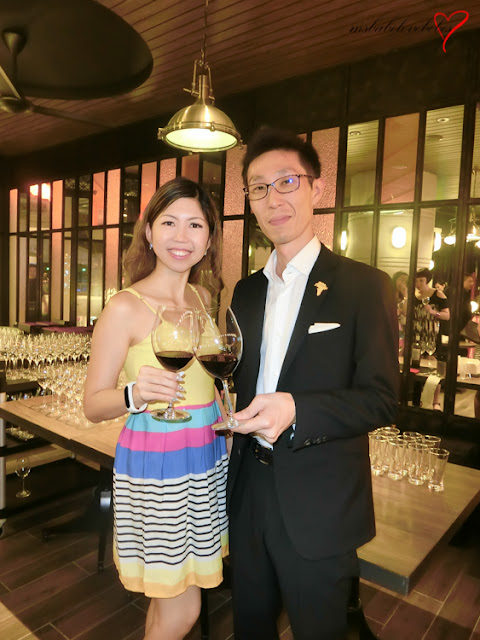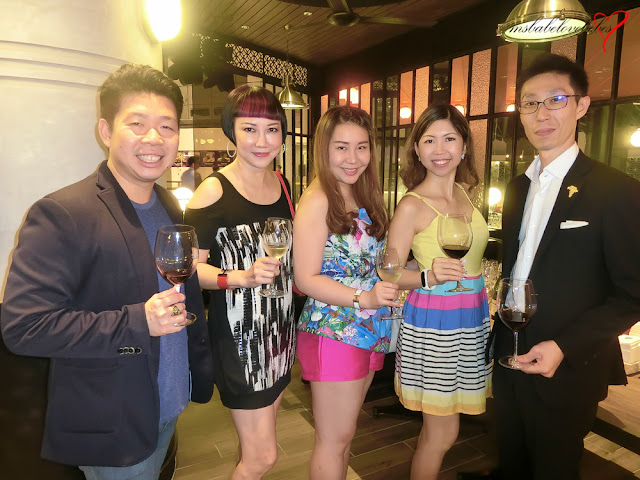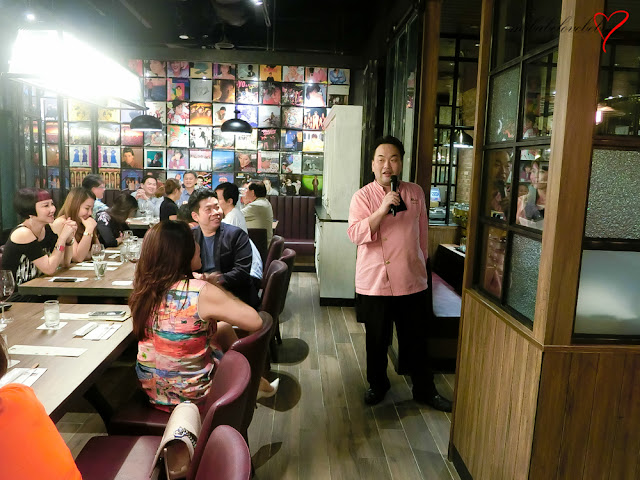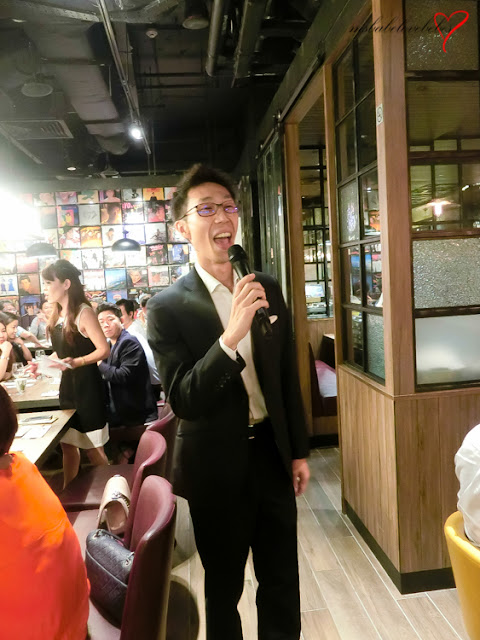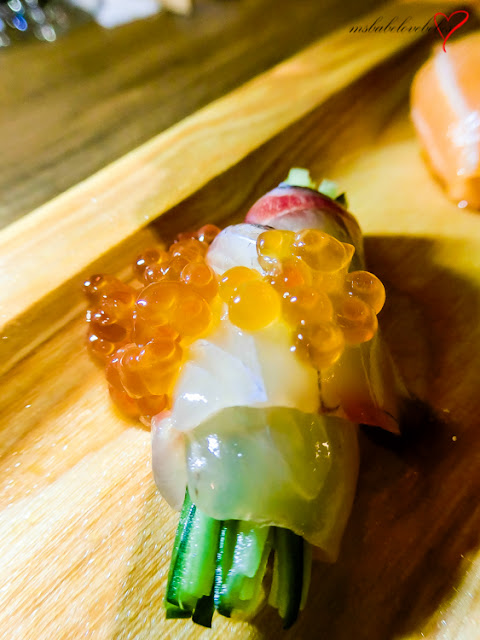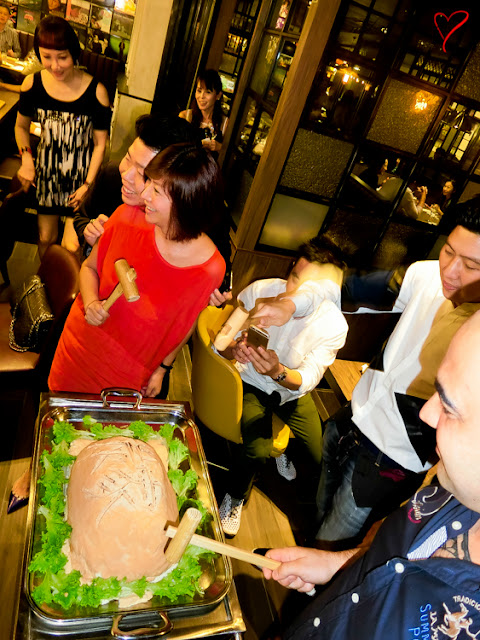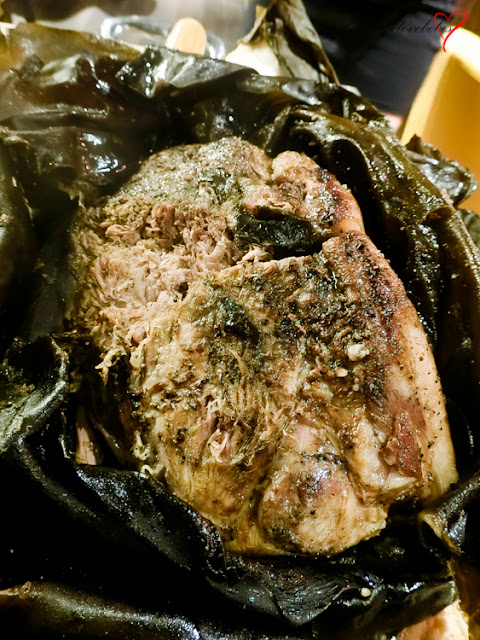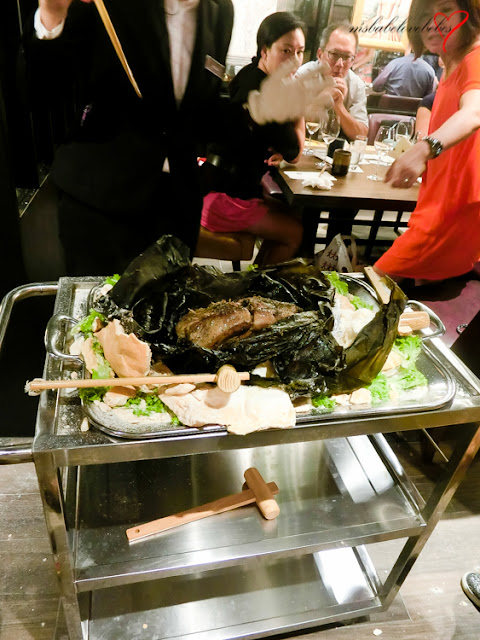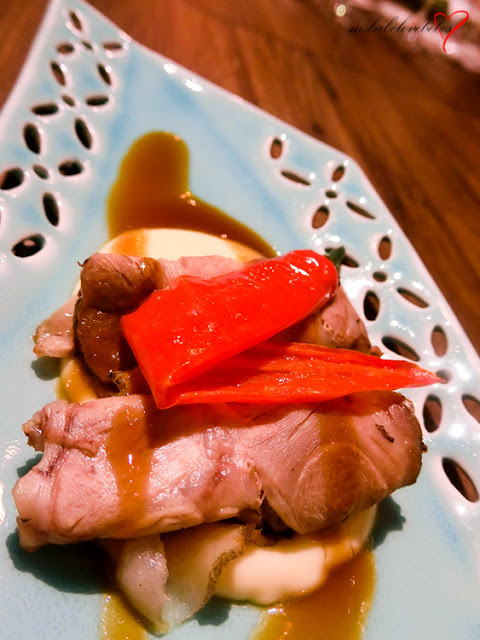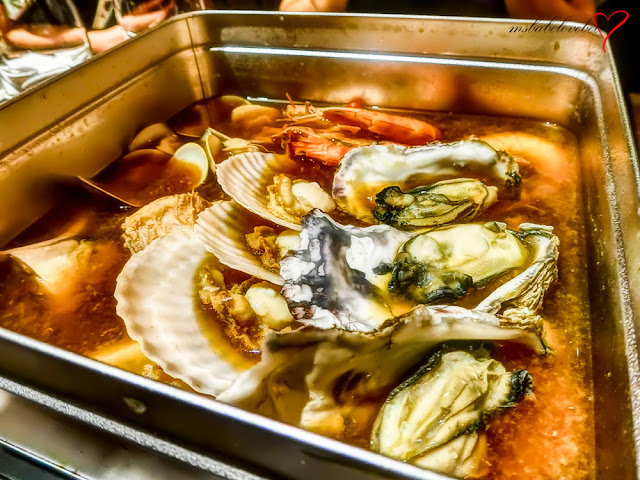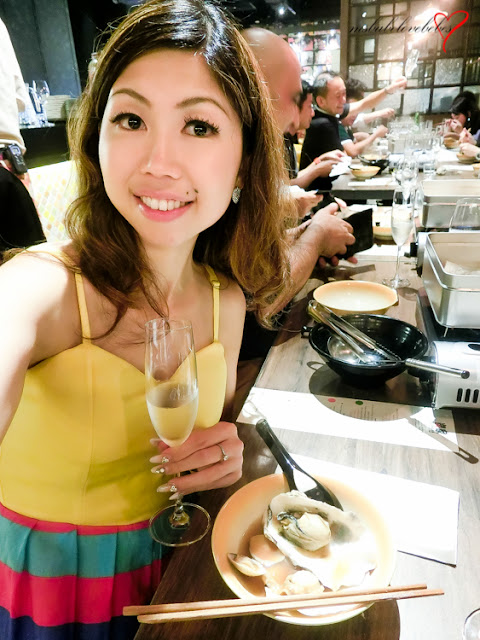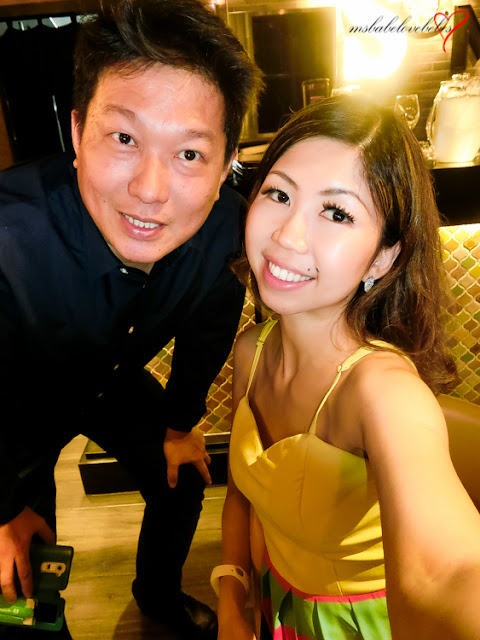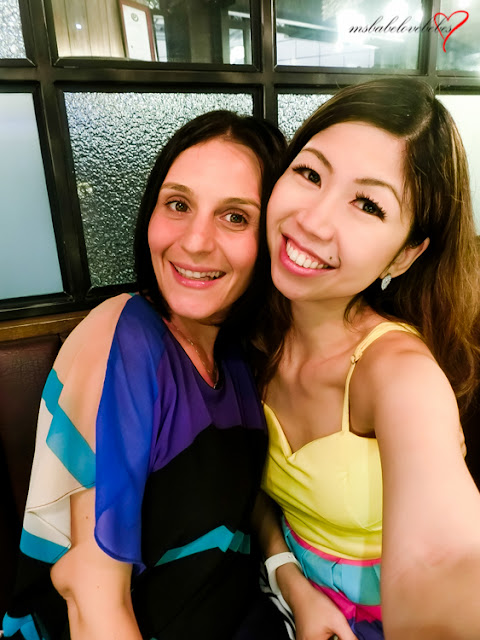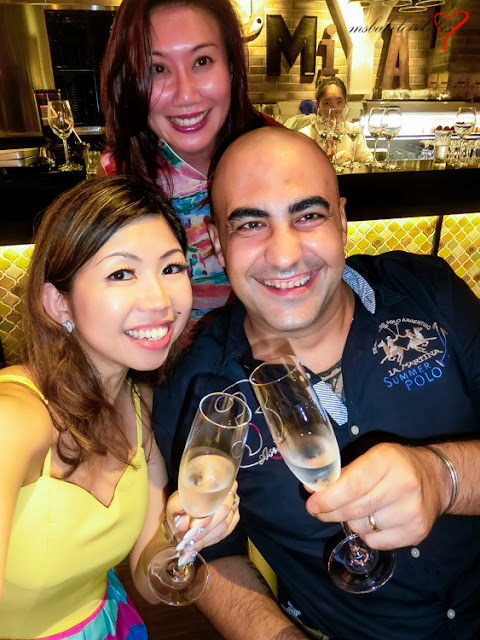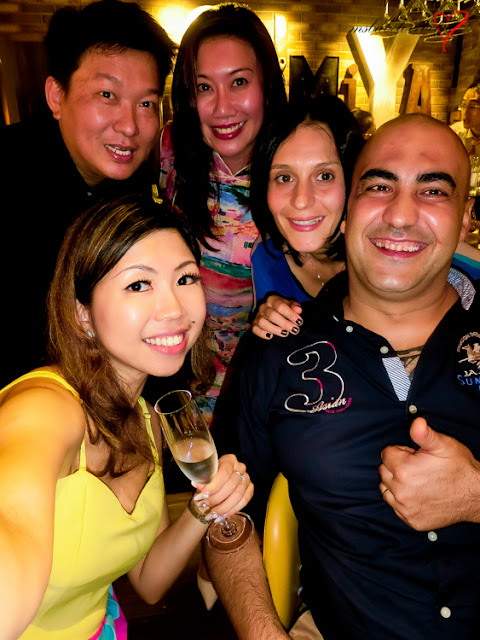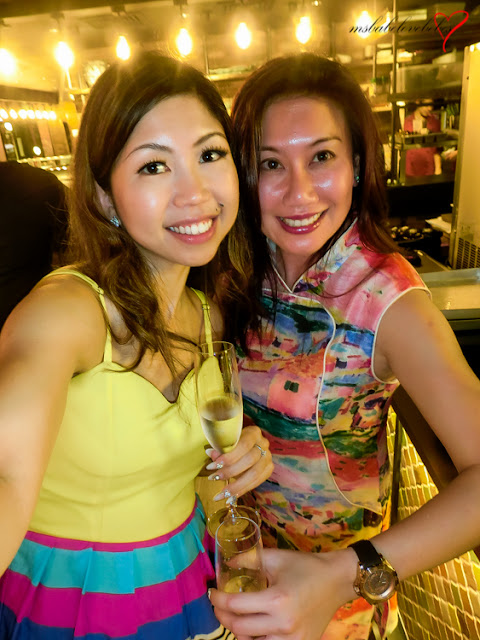In Japanese, “sake” refers to all alcoholic drinks in general which includes beer, wine, liquor, and the beverage we call “sake” in English. The word for what we refer to as sake is Nihonshu. Nihonshu translates as “Japanese alcohol”.
Sake Basic: http://www.esake.com/Knowledge/Types/types.html
In general, there are five basic types of sake. Each requires different brewing methods and a different percentage of rice milling (seimaibuai). In the photo, for example, the rice at top left is unmilled, the grains at top right are 30% ground away, and the kernels at the bottom are 65% ground away. Naturally, there are other special brewing techniques that are less common, but here we present only the five main types.
NOTE: Until recently, at least 30% of the rice used for Junmai sake had to be milled away. But the laws have changed, and Junmai no longer requires a specified milling rate. Nevertheless, the amount milled away must, by law, be listed somewhere on the label.
Honjozo-shu (at least 30% of rice polished away; a tad of distilled alcohol is added)
Ginjo-shu (at least 40% of rice polished away; with or without alcohol added; if bottle is labeled Ginjo, it means distilled alcohol was added; if labeled Junmai Ginjo, it means no alcohol added)
Daiginjo-shu (at least 50% of rice polished away; again with or without added alcohol; if bottle is labeled Daiginjo, it means distilled alcohol was added; if labeled Junmai Daiginjo, it means no alcohol added)
Namazake (special 5th designation for unpasteurized sake; incorporates all four above)
To get some perspective on rice polishing, keep in mind that to get from brown rice to white rice, you need to polish rice to about 90% (i.e., polishing off 10%).
To produce good sake, you need to polish much more than that! We’ll get into a little more detail below, but for now keep in mind that good sake is usually polished to between about 50%-70% (i.e., from 30% to 50% is polished off). So if you read that a sake has been polished to 60%, it means 40% of the original rice kernel has been polished away, leaving it just 60% of its original size.
- the type of rice used
- where it was produced
- the degree to which the rice has been polished
- brewing processes
- how it was filtered
- and more…
Sumiya is located conveniently at Suntec #03-332/333. The restaurant was closed to the public for this special private event.
The sake that I was pointing to was a limited edition one by Kuriya Dining with Mr. Naoki Tsuzuki face on it. It’s a premium sake with a subtle fragrance and delicate soft taste.
From Left: Mr. Gab Tan (Ambassador of Wine & Dine) and Dr. Winston Lee (Medical Doctor of South Bridge Aesthetics)
When it comes to wine, more company was always welcome! From left: Mr. Gab Tan (Ambassador of Wine & Dine), Ms Frances Low, Ms Milly Xu (Director of milly’s), myself and Mr. Takayoshi Aoki (Sake/Wine Sommelier /Senior Restaurant Manager from Sumiya Orchard Central).
Everyone waiting excited for the event to start…
Selfie was a must before the event starts… LOL…
Mr. Naoki Tsuzuki with the opening welcome speech.
Followed on by Mr. Takayoshi Aoki…
I was so lucky to be on the same table with Mr Simone Depalmas, Executive Chef of Alkaff Mansion Ristorate with his wife and Mr. Desmond Sim (GTM Labs LLP). There were loads of conversation of food preparation, ingredients selection and the best food places in Singapore.
We had Ms. Ivy Lau (Senior Restaurant Manager of Sumiya) sharing happily on the first dish that would be served. She almost looked like she was dancing.LOL…
How not want to take photo with a happy pill like Ivy. I am sure she would make all the customers who dined in Sumiya a happy customer.
Finally the first dish was served.
Dish: Seared Aka Ebi Prawn & Grilled Eel in Egg Vinegar Sauce
Review: The main crux of this dish was the egg vinegar sauce that triggered your taste bud for more food. The prawn was fresh and its sweetness with crunch. I felt the overall objective of this starter was met as I was in fact looking forward to more surprise to the next dish.
Sake: Bunraku Yawaraka Junmai Rin
Dish:
(a) Chu Toro (middle-fatty Tuna) & Sea Urchin with Truffle Sauce
(b) Salmon & Asparagus with Caviar
(c) Kanpachi (Amberjack) & Cucumber with Salmon Roe
Sake: Soden Yamahai Shikomi Tokubetsu Jumaishu
Source: https://www.kitaya.co.jp/products/?lang=eng
Souden awarded gold medal at the Joy of Sake 2013 and 2014 in U.S.A. The vision of Kitaya is the customer’s lot of joy through its brewery. Nowadays, the customers in New York City recommend Kitaya’s products a lot.
Using exceptional Yamada-Nishiki rice polished down to 60%, SOUDEN Tokubetsu (Special) Junmai is brewed via the Yamahai method, low temperature fermentation over the course of two months. This unique combination results in a fruit-forward and elevated acidity profile intended to complement meat-centric and richly flavored cuisine.
Review: My personal favourite out of this three would most probably be Chu Toro (middle-fatty Tuna) & Sea Urchin with Truffle Sauce. The tenderness of the tuna melts in the mouth with the amazing sweetness of the sea urchin and truffle sauce mixed perfectly together.
2nd sushi that topped my list would be Kanpachi (Amberjack) & Cucumber with Salmon Roe. I am not really a cucumber person thus this came as a surprise how these combi won me. Crunchy cucumber, Salmon roe bursting out the flavour and the Kanpachi refreshing chewy texture won the secondary battle.
The 4th dish was pushed out to create some energy to this dinner. Not to be served but to be wack!
Dish: Salt-baked Kurobuta Pork Shoulder Loin with Kelp with Potato Cream
3 diners were selected and given a wooden hammer. Needless to say everyone had fun breaking this salt covered Kurobuta.
Once broken, it uncovered a layer of kelp wrapping the Kurobuta Pork.
Tough job for those who held the hammer but thank you!
Dish: Sumiya’s Signature Homemade Dried Mackerel Irori Genshiyaki
Dish: Salt-baked Kurobuta Pork Shoulder Loin with Kelp with Potato Cream
Sake: Suishin Junmai Ginjo “Inaho”
Source: http://www.esake.com/Knowledge/Types/types.html
About: <Pure Rice Ginjo Sake Inaho or Rice Ear> The selected sake-making rice is polished to 60% or less of the original size. Slow low-temperature fermentation using Sui-shin’s unique Ginjo Yeast results in slightly dry and smooth texture. Additionally, the sake is allowed a half year for storage and maturation to achieve its rich and savory flavor.
Ginjo sake is much more delicate and light and complex than the Honjozo-shu and Junmai-shu. Why? The rice has had the outer 40% of the grains polished away, leaving the inner 60% left. This is opposed to leaving 70% for junnmai and honjozo. On top of that, special yeast, lower fermentation temperatures, and labor -intensive techniques make for fragrant, intricate brews.
Kurobuta Pork is the most highly prized pork in Japan and comes from the ancient breed of pig known as Black Berkshire. The meat from the pure oriental strains of Black Berkshire, found in Japan, is regarded as the highest quality pork in the world. (Source: http://www.securityfoods.com/pork.php )
Daiginjo is fundamentally speaking an extension of ginjo. The rice has been milled so that no more than 50% of the original size of the grains remains, although this often goes to 35%, and even more care has been taken to create sake representative of the pinnacle of the craft.
Thank you Lynnette, President, Singapore Publishing at Wine & Dine Experience P/L once again for this amazing dining experience!
Thank you Sumiya for this goodie bag with Kuriya Dining No Moshio (Seaweed flavoured salt from Awaji Island)!



